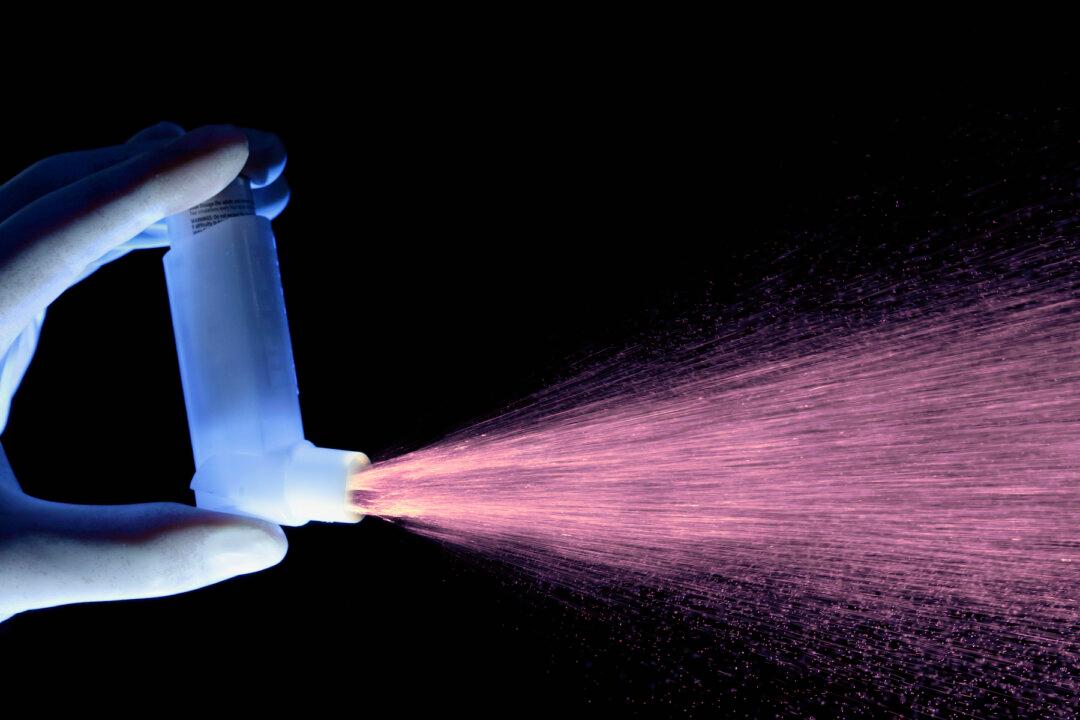Researchers from Monash University have discovered that taking one small tablet containing grass pollen daily may prevent seasonal allergies like hay fever and thunderstorm asthma.
In a Monash study involving 27 participants who suffered from an allergy to grass pollen, researchers found that sublingual immunotherapy (SLIT) offered protection against thunderstorm asthma and hay fever. In addition, they discovered that the immune memory cells of the study participants were changed in unexpected ways by taking the small grass pollen tablet.




